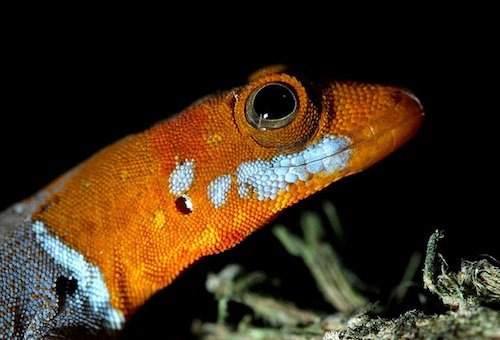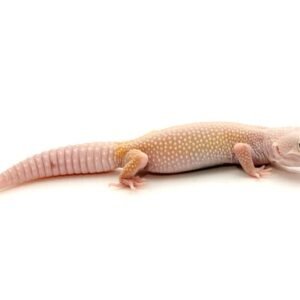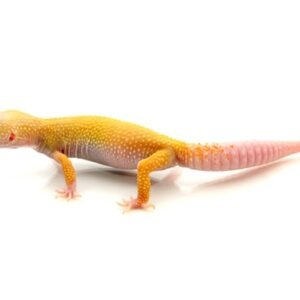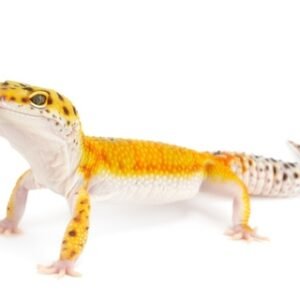Understanding the Orange-Headed Gecko
The orange-headed gecko, renowned for its vibrant coloration and captivating demeanor, is a species that can make a fascinating addition to any reptile enthusiast’s collection. These geckos, belonging to the genus Nephrurus, exhibit distinctive physical traits, including a striking orange head that contrasts beautifully with their predominantly brown or gray bodies. Typically, they reach lengths of 5 to 10 inches and can live for several years, often exceeding a decade in a well-maintained environment.
Native to arid regions, the orange-headed gecko thrives in Australia, where it has adapted to the challenges of its natural habitat. Understanding their habitat requirements is crucial when caring for this gecko. In captivity, it is essential to replicate their natural environment by providing a terrarium that offers sufficient space, temperature gradients, and humidity levels. The ideal temperature should range from 80 to 90 degrees Fahrenheit during the day, with a cooler area dropping to around 70 degrees at night. Additionally, humidity levels should be maintained around 40-60%, which can be achieved through regular misting and proper substrate selection.
Feeding the orange-headed gecko also requires attention to detail. In the wild, these geckos primarily consume insects, and it is vital to provide a varied diet of crickets, mealworms, and other small invertebrates enhanced with calcium and vitamin supplements. Their feeding habits can reflect their active lifestyle, as they are nocturnal and tend to hunt for food at night.
Socially, orange-headed geckos are known for their calm and docile nature, making them suitable pets for beginners and seasoned reptile keepers alike. Regular handling can help these geckos build trust with their owner, although it is important to allow them to acclimate to their environment first. Overall, comprehending the unique characteristics and needs of the orange-headed gecko is fundamental to ensuring its well-being and longevity in captivity.
Caring for Your Orange-Headed Gecko: Tips and Best Practices
Providing adequate care for your orange-headed gecko is essential to ensure its health and well-being. This species, known for its vibrant coloration, requires a carefully constructed environment and specific dietary practices. When feeding your gecko, it is important to offer a varied diet that includes live insects such as crickets, mealworms, and roaches. A proper feeding schedule typically includes meals every other day, adjusting portion sizes to the age and health of your gecko. It is advisable to dust the insects with a calcium supplement at least twice a week to promote bone health.
Hydration is another critical aspect of gecko care. Since these reptiles may not drink water from a bowl, it is beneficial to provide a shallow dish filled with fresh water and mist the habitat regularly to maintain humidity levels. Ensure that the enclosure temperature ranges between 75°F to 85°F, allowing for a basking spot around 90°F to support their metabolic functions.
For the tank setup, a spacious enclosure with appropriate substrate, hiding spots, and climbing structures is recommended. Aim for a terrarium at least 20 gallons in size for one orange-headed gecko, optimized with conditions that mimic their natural habitat. Cleaning routines should involve spot cleaning daily and a full clean every one to two weeks, ensuring a healthy environment free from mold or waste.
Engagement in enrichment activities supports mental stimulation. Incorporate items such as logs, plants, and rocks, allowing your gecko to explore and exhibit natural behaviors. Additionally, observing your pet closely will enable you to detect early signs of stress or illness, such as lethargy or changes in appetite. Regular veterinary check-ups are advisable to monitor your pet’s health effectively. Following these best practices will help in fostering a happy and healthy orange-headed gecko.





